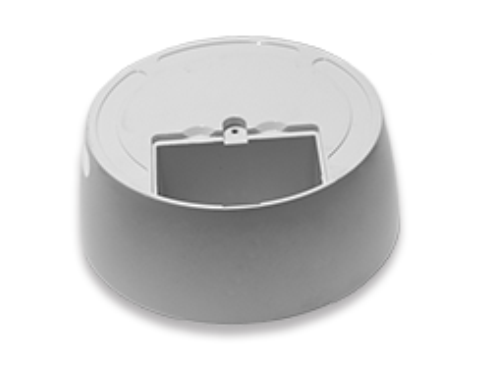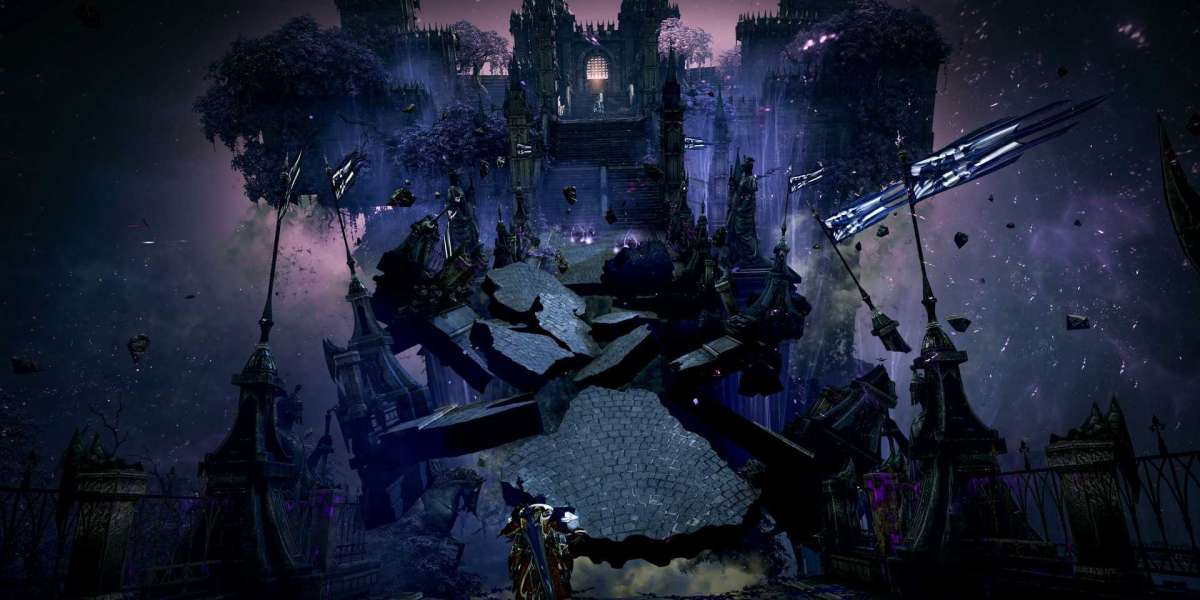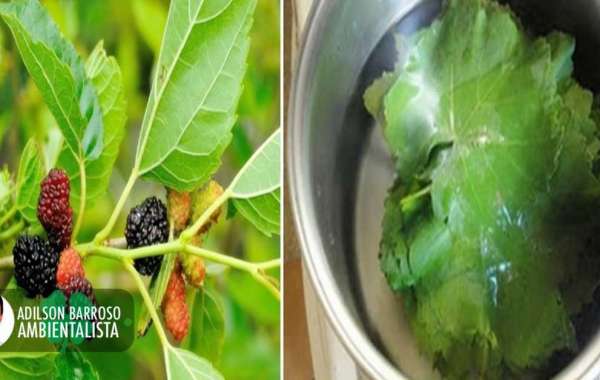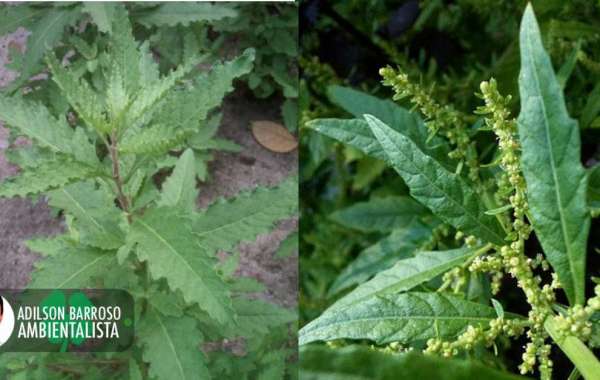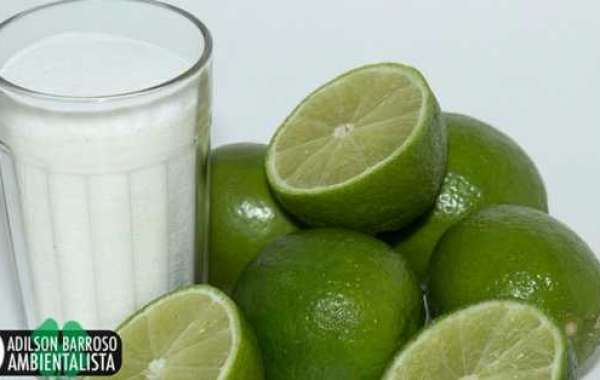A casting technique must be chosen based on a combination of design requirements and cost considerations. The casting method affects yields, part design, and secondary finishing procedures, therefore it is frequently an iterative process. Having a better grasp of the advantages and disadvantages of each approach can help simplify the process and free up valuable time.
Among the most common ways to make aluminum parts with a near-net shape are sand casting, permanent mold casting, and die casting. Last but not least, these are frequently muddled or misinterpreted. When comparing the two processes, we'll note the advantages of die casting and permanent mold casting.
Read more: Making the Most of Your Die Casting Mold to the Fullest Extent
THE DIFFERENCE BETWEEN DIE CAST AND MOLD CAST
Steel molds are used in both permanent molds and die casting to create a chamber in which the molten aluminum cools. A unique hollow is generated in sand every time, making the processes distinct from sand casting. Protecting the steel from molten metal abrasion requires die coatings.
The most significant distinction between the two steel die processes is how the metal is incorporated into the tooling. In permanent mold casting, molten metal is poured into the mold from a well. To minimize turbulence, the flow is slowed down using a gate. With the riser at the highest point, the die is often intended to be filled from the bottom or one of the sides.
Afterwards, the mold is opened and the portion extracted, allowing the metal to harden. Inserts are inserted into the mold before it is closed to produce features such as interior galleries.
Metal is pushed into the cavity under pressure in die casting rather than gravity-fed permanent mold casting. Plastic injection molding is the closest analogy because of this. Once the metal has cooled, the mold is opened and the cast forms are removed.
Advantages of die casting
The as-cast surface has a better than 125 microinches of polish. Secondary machining and finishing may not be necessary at all.
Including thin walls, it is capable of maintaining extremely tight geometric tolerances.
Compared to permanent mold casting, the part-to-part process is more efficient, resulting in lower unit costs.
Permanent mold casting, on the other hand, necessitates a lot more floor area. However, this may help reduce overhead expenses that are allocated based on the amount of space consumed in the caster's facility.
ADVANTAGES OF LONG-TERM MOLD CASTING
In general, permanent mold dies are less sophisticated and hence less expensive than those used for die casting.
This means that further machining isn't always necessary because the surface polish is often in the region of 125 to 300 microinches.
Because of the reduced porosity of the process compared to die casting, the yield of final parts will be higher.
Higher-quality castings are more durable.
INVESTIGATE VOLUME AND PIECES CHARACTERISTICS
Metal mold tools are more cost-effective when you need a big number of products, because of the speed of permanent molds and die casting. While the die casting tools are more expensive, the final product has smaller walls and smoother surfaces than those produced by permanent die casting.
Die casting is faster, but the tools are more expensive, thus the permanent mold procedure is preferable. With decreased porosity, the finished products are more durable and resistant.
